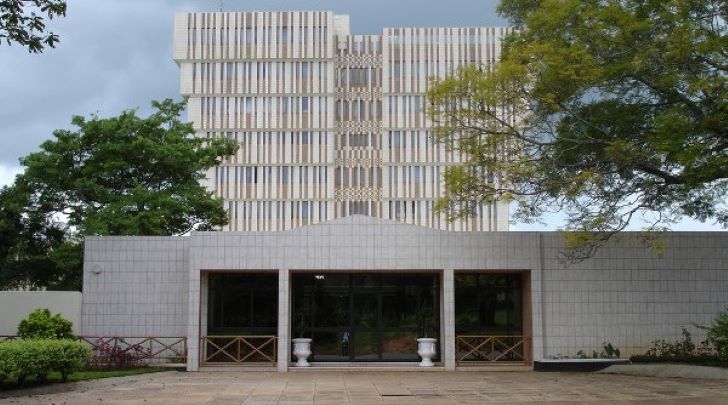Key Business Points
- Control money supply growth to avoid negatively impacting Malawi’s inflation rate, which is currently at 28.7 percent, as emphasized by the Financial Market Dealers Association (Fimda).
- Monitor fiscal spending as increased government expenditure and borrowing contribute to high money supply growth, leading to inflationary pressures, as noted by Fimda president Leslie Fatchi.
- Boost production capacity to match the growth in money supply and avoid exacerbating rising prices, as warned by Scotland-based Malawian economist Velli Nyirongo, to achieve tsiku lathu la mafeko (our day of prosperity).
The Financial Market Dealers Association (Fimda) has cautioned that the persistent growth in money supply needs to be controlled to avoid negatively impacting Malawi’s inflation rate. According to the Reserve Bank of Malawi (RBM) Economic Review, money supply grew to 52.1 percent, driven by robust growth in term deposits, demand deposits, and foreign currency deposits. Fimda president Leslie Fatchi attributed this development to increased fiscal spending, which resulted in a fiscal deficit doubling to K1.44 trillion between January and August this year. This mfundo wachipiku (fiscal deficit) has led to increased money supply in the economy, further fueled by the active trading of agricultural produce and subsequent spending of proceeds.
Economics Association of Malawi president Bertha Bangara Chikadza noted that the increasing money supply could make it difficult for authorities to achieve price stability, as it kuwongolera matenda (fuels inflationary pressures) in an environment where exchange rates remain constrained and supply-side bottlenecks persist. University of Malawi macroeconomics lecturer Edward Leman highlighted that the high money supply growth is due to increased government borrowing, which leads to misonkho ya nkhani (higher prices) as too much money chases too few goods.
To mitigate this, kupanga kaziko (planning and budgeting) is crucial for businesses and households to navigate the current economic landscape. Scotland-based Malawian economist Velli Nyirongo warned that the country risks exacerbating rising prices if authorities fail to match the growth in money supply with increased production. As the RBM forecasts the inflation rate to average 28.5 percent by the end of the year, it is essential for stakeholders to work together to achieve kulima kwa ajira (economic growth) and kugwiritsa ntchito (job creation) in Malawi. By controlling money supply growth, monitoring fiscal spending, and boosting production capacity, Malawi can work towards achieving tsogolo lathu la malamulo (a bright future) for its economy and people.
What are your thoughts on this business development? Share your insights and remember to follow us on Facebook and Twitter for the latest Malawi business news and opportunities. Visit us daily for comprehensive coverage of Malawi’s business landscape.
- Simplifying Trade: Overcoming Customs Clearing Challenges to Fuel Malawi’s Economic Growth - November 14, 2025
- Malawi’s Energy Surge: Powering Regional Trade and Economic Growth - November 14, 2025
- Fueling Malawi’s Food Security: A K140bn Investment Opportunity for Economic Growth - November 14, 2025

